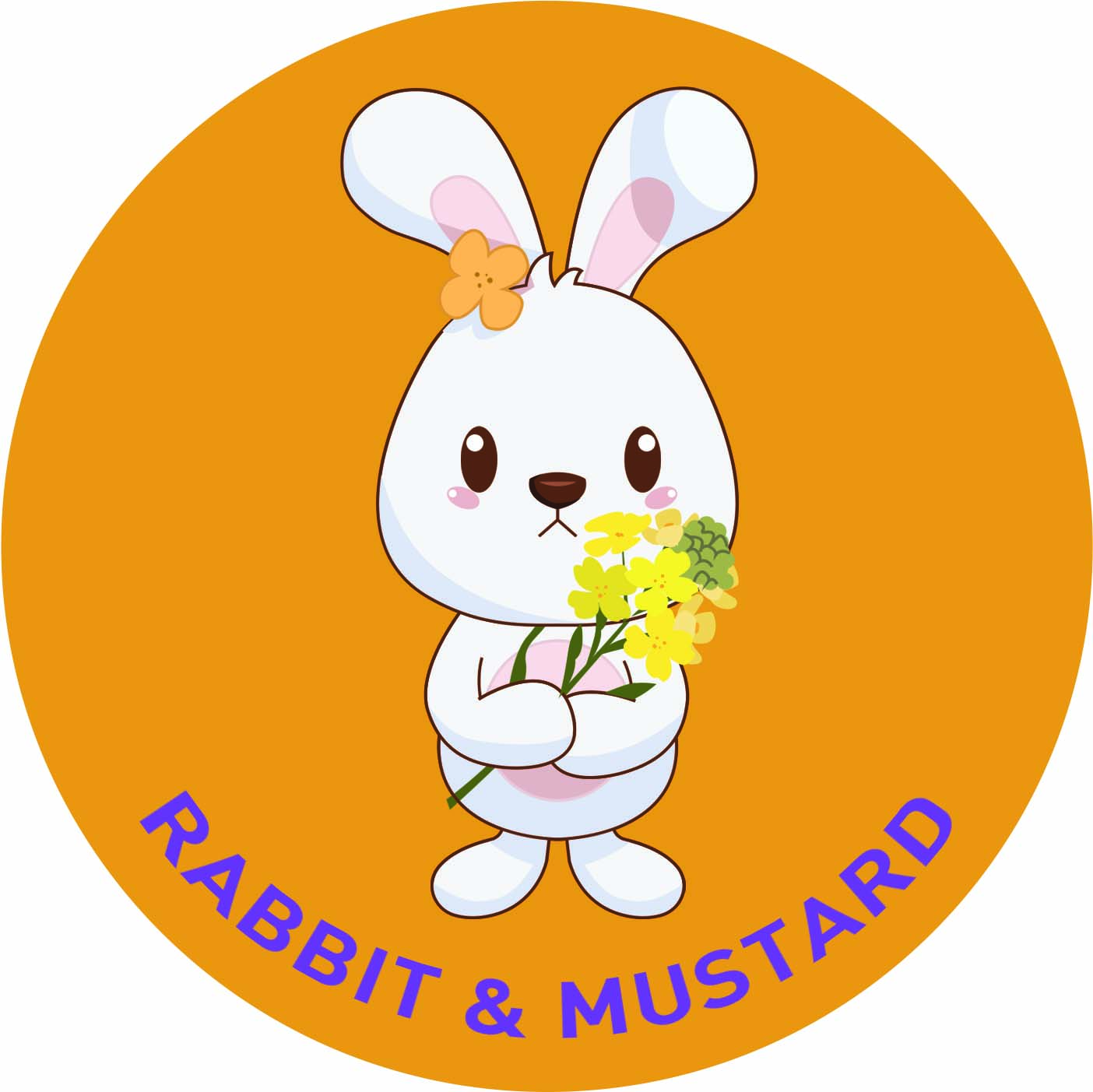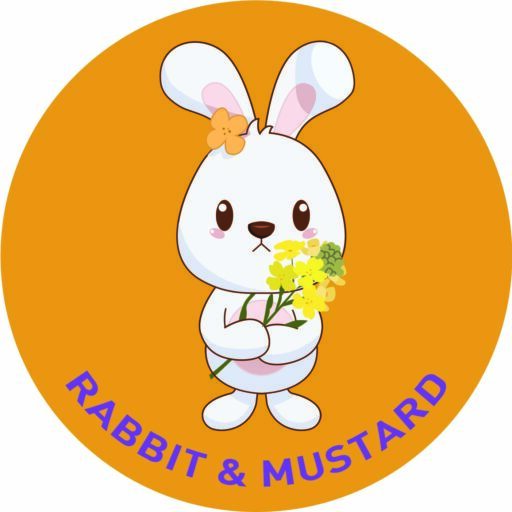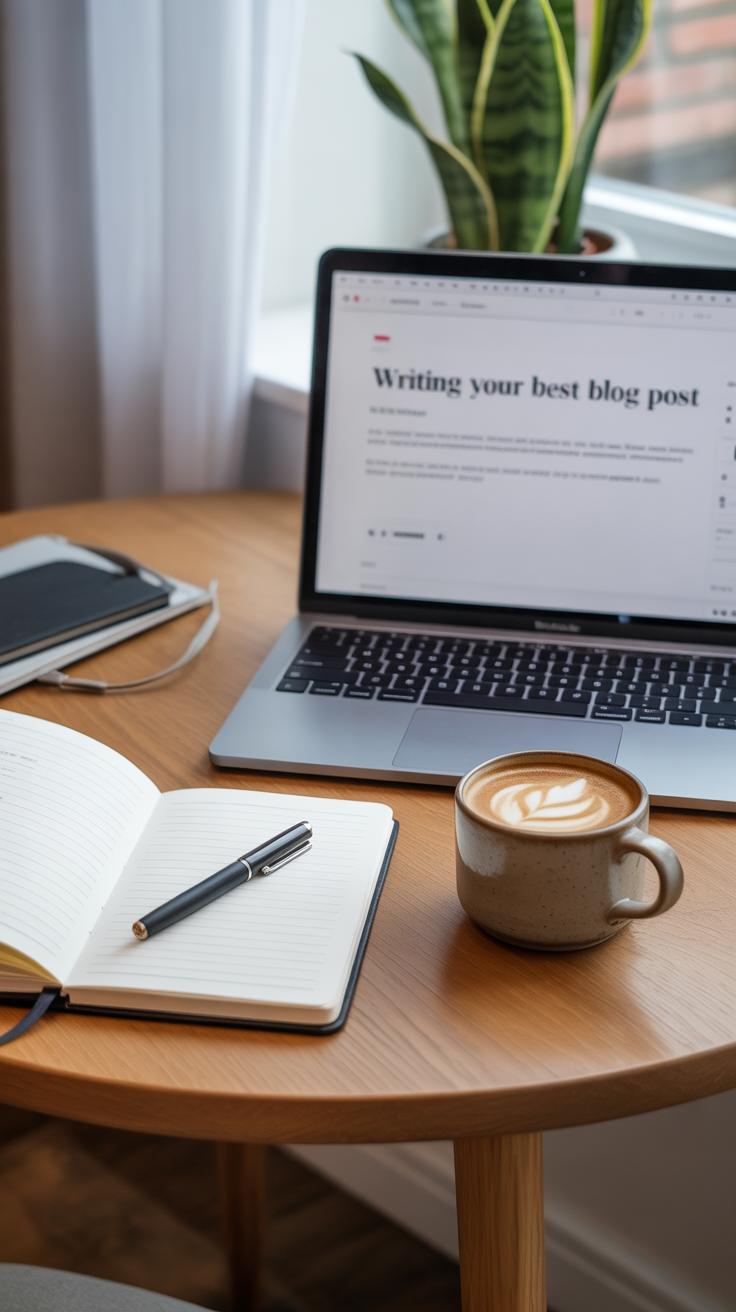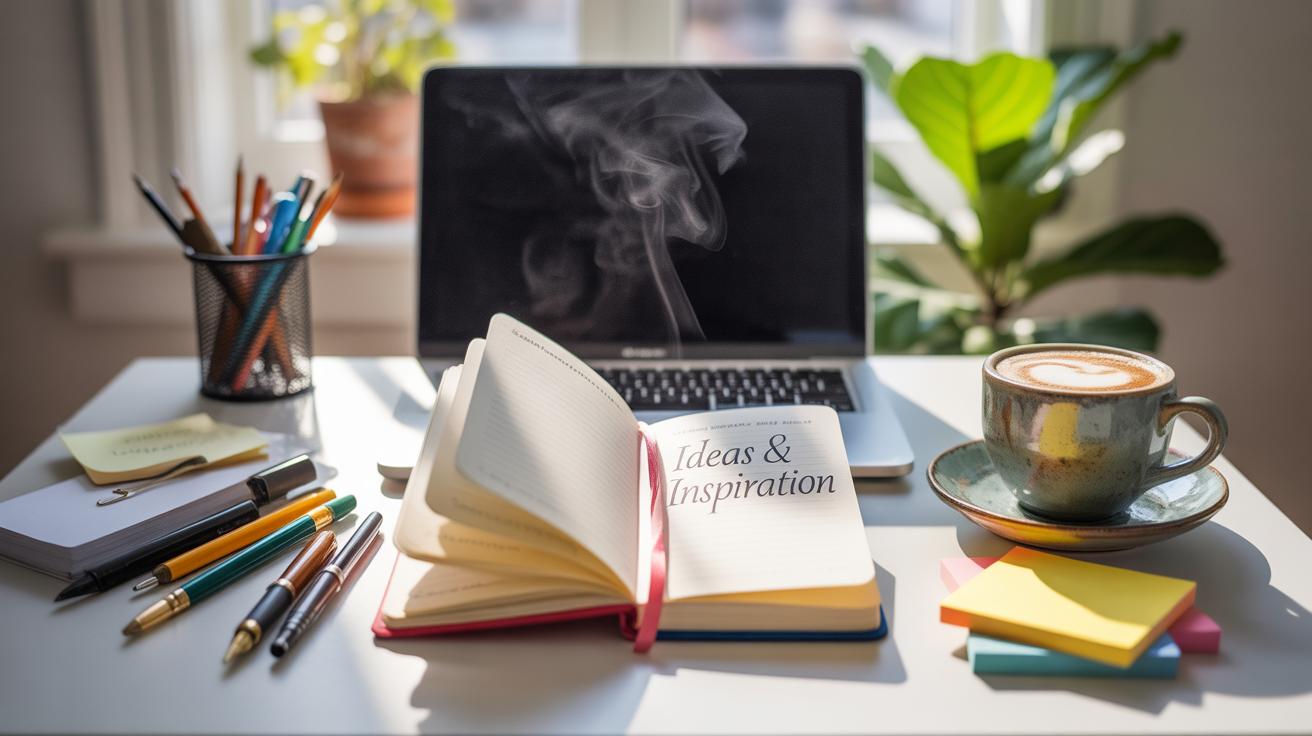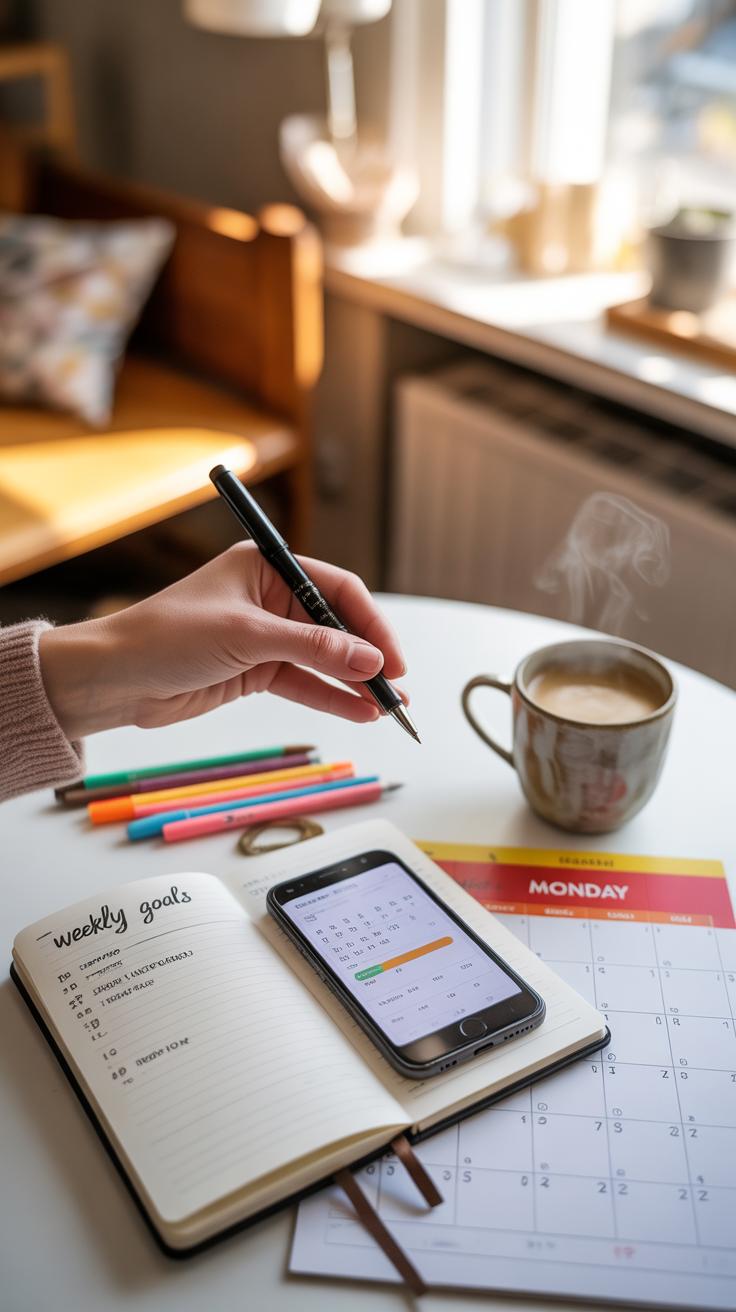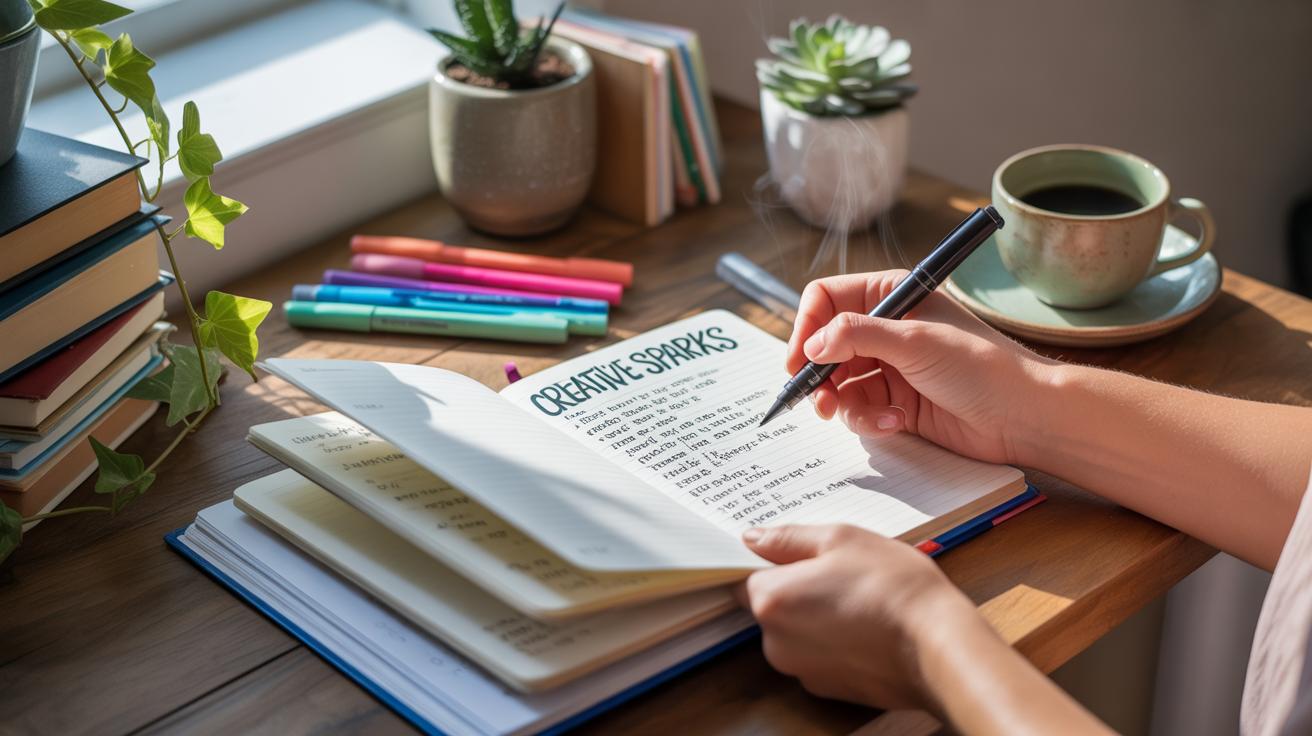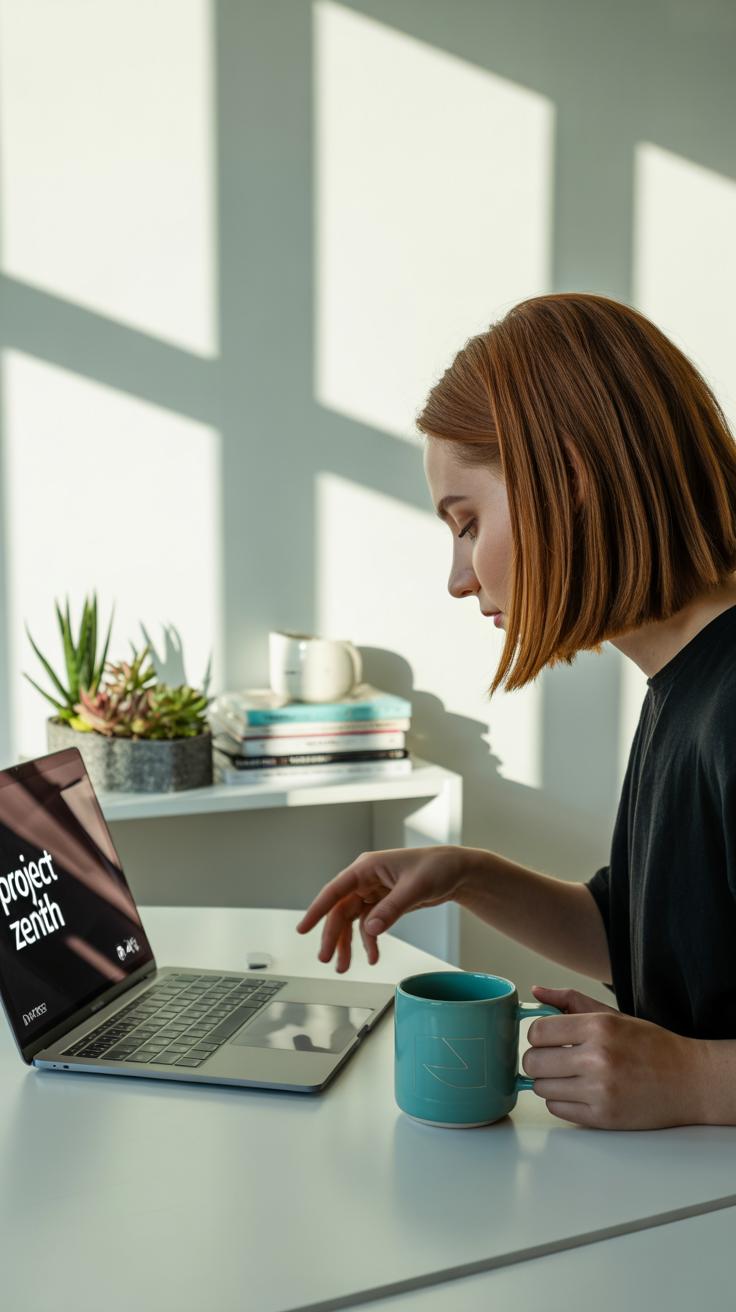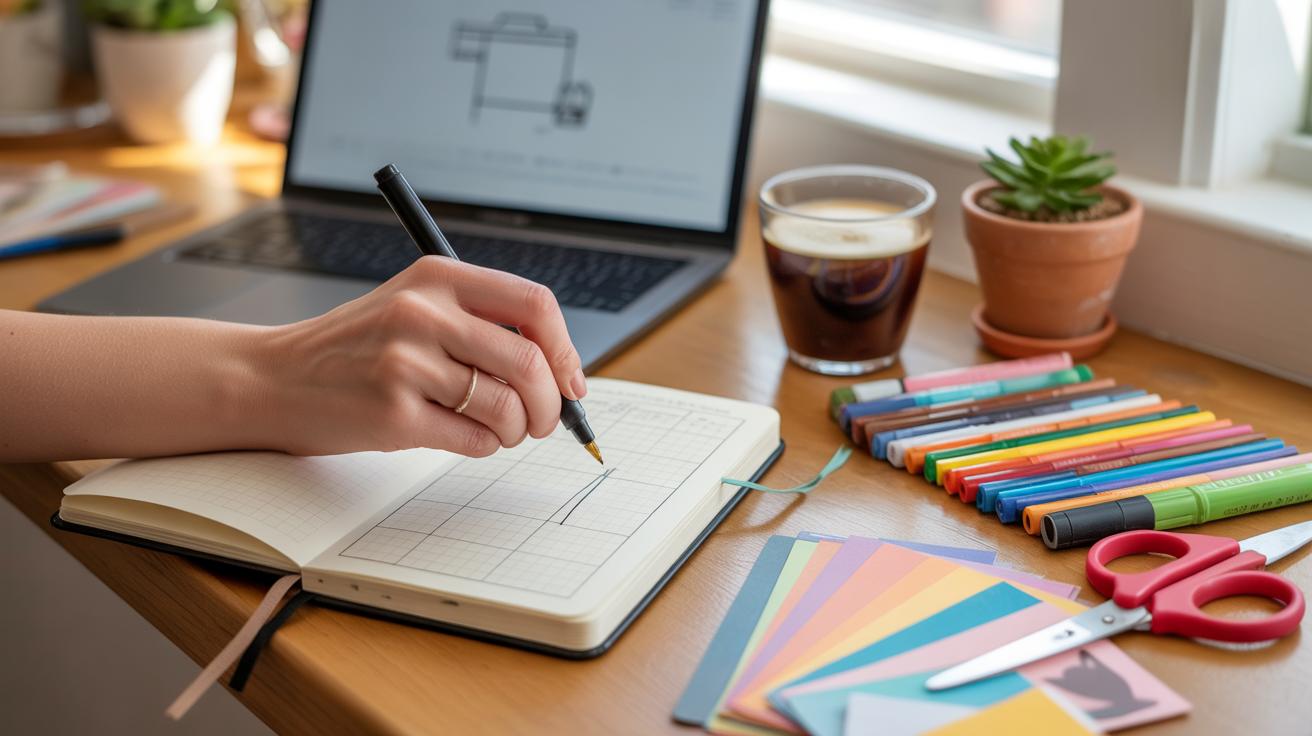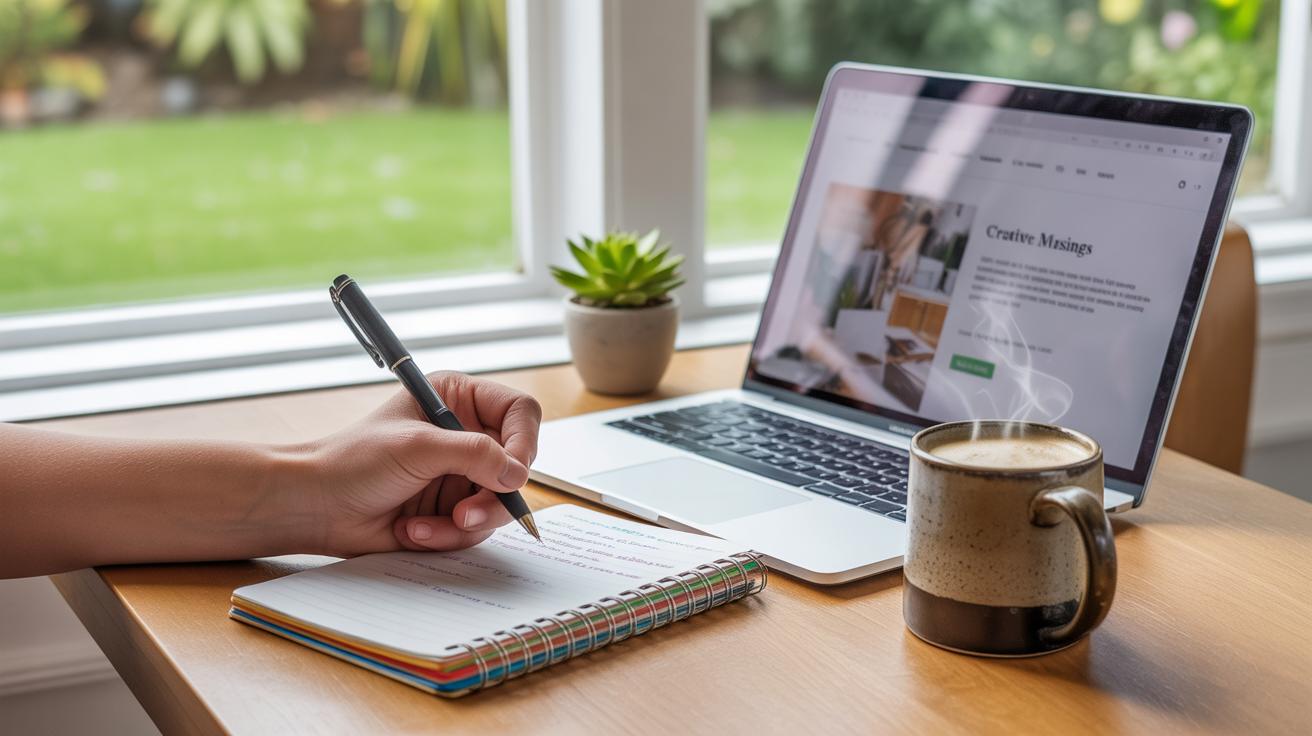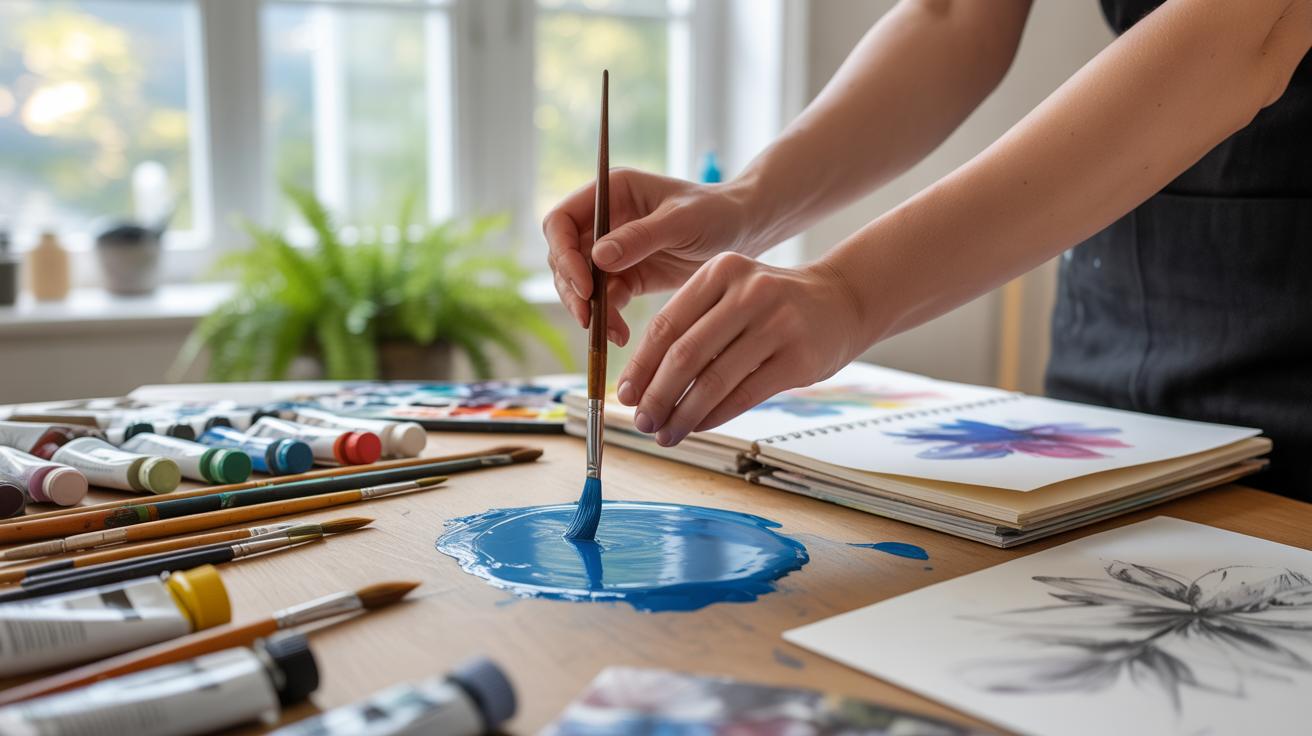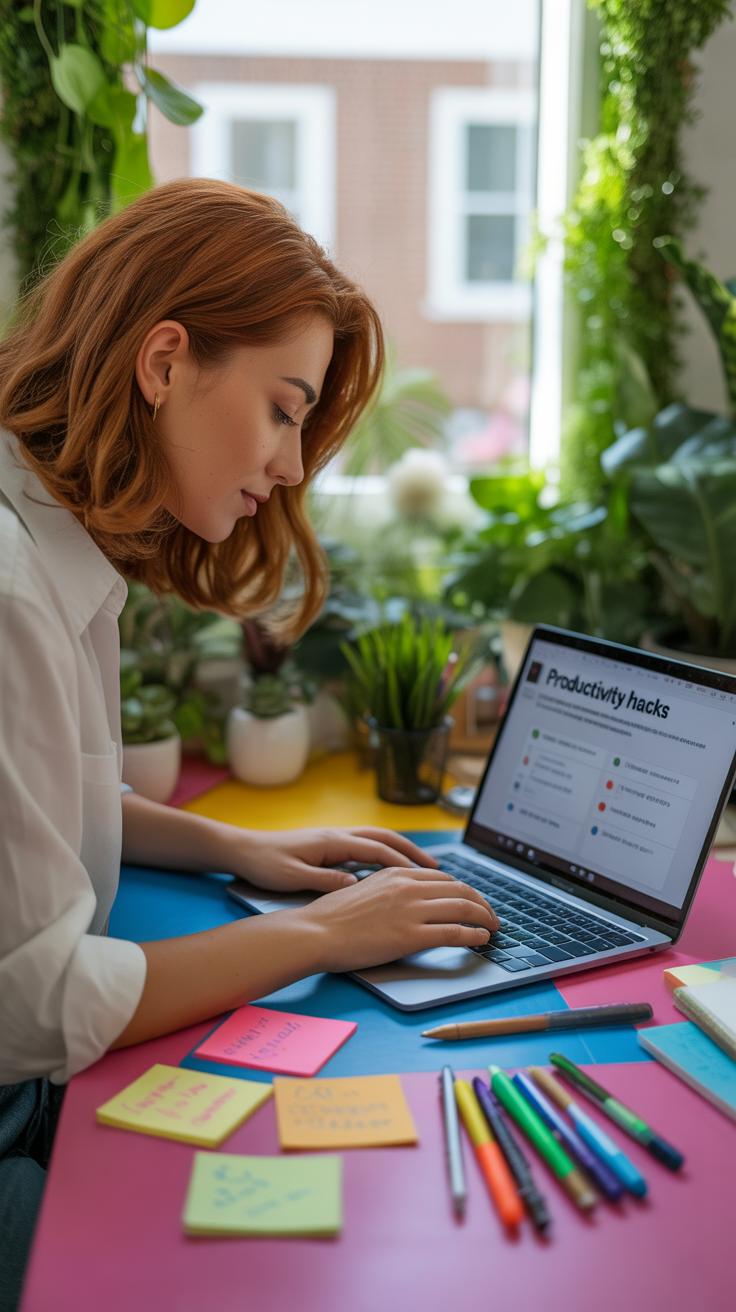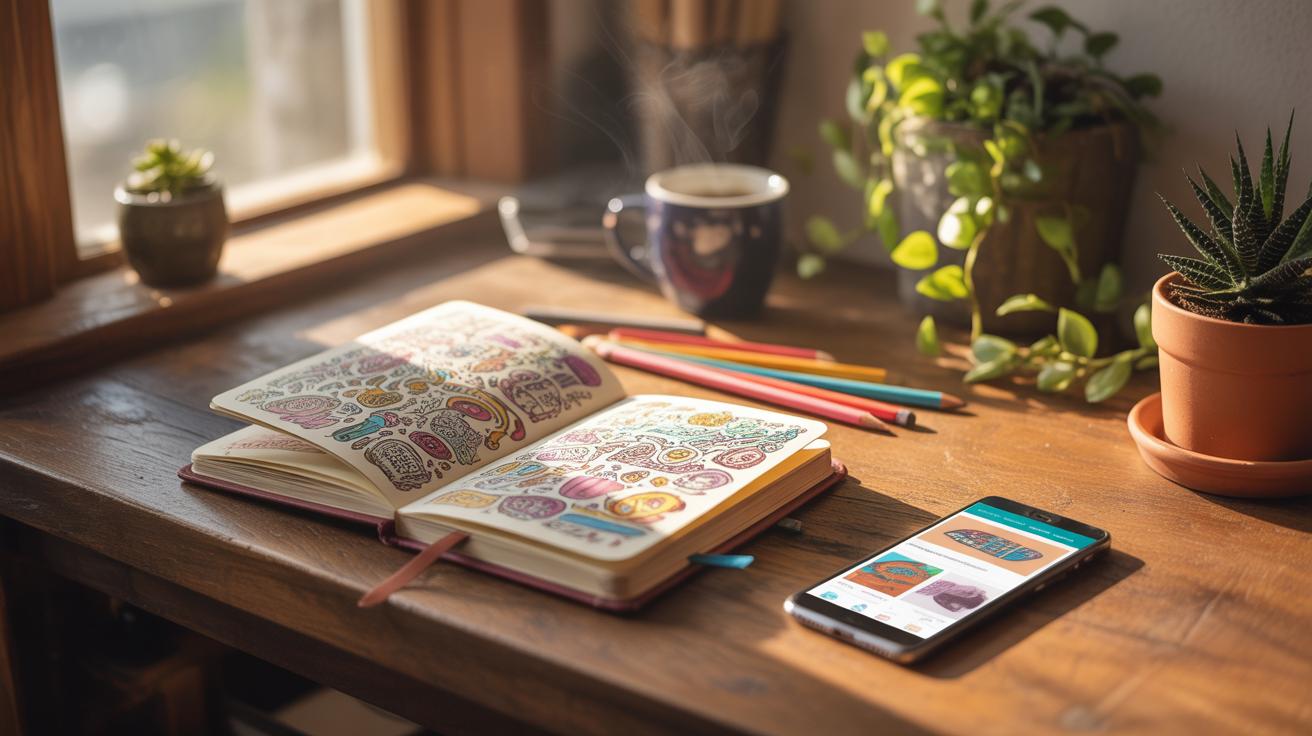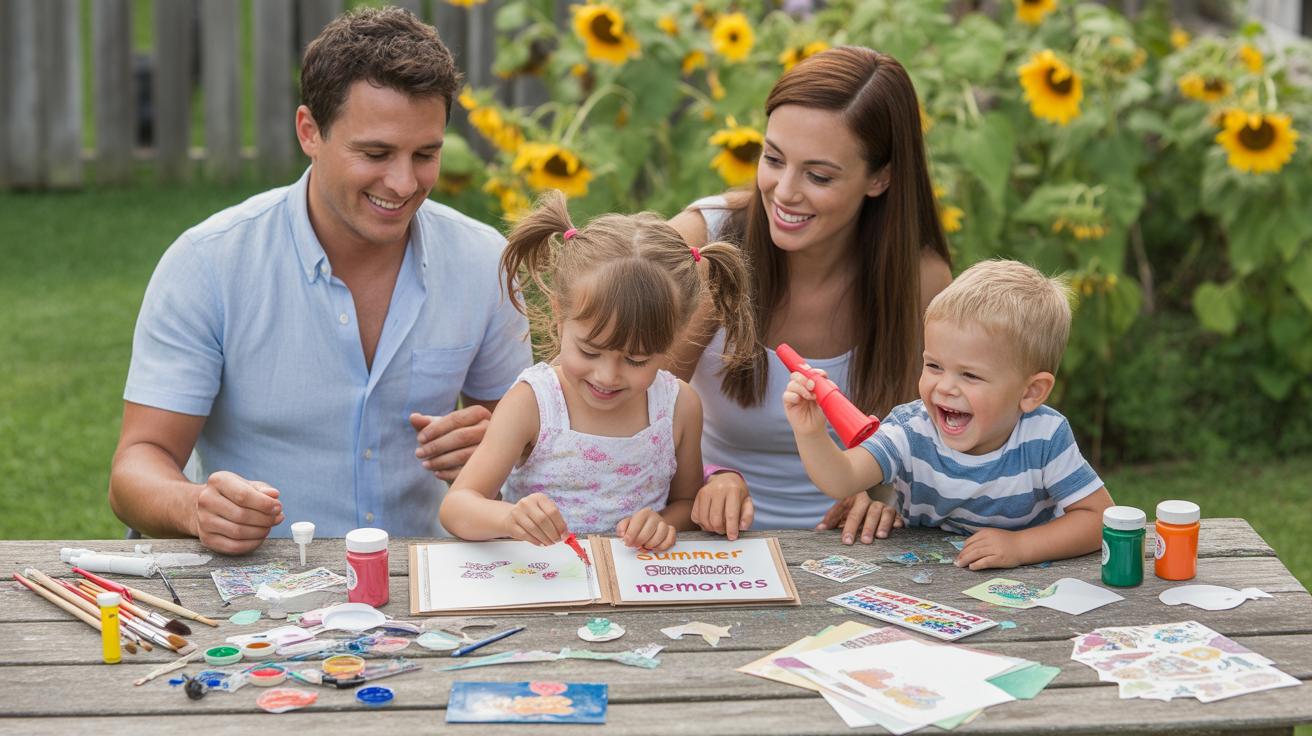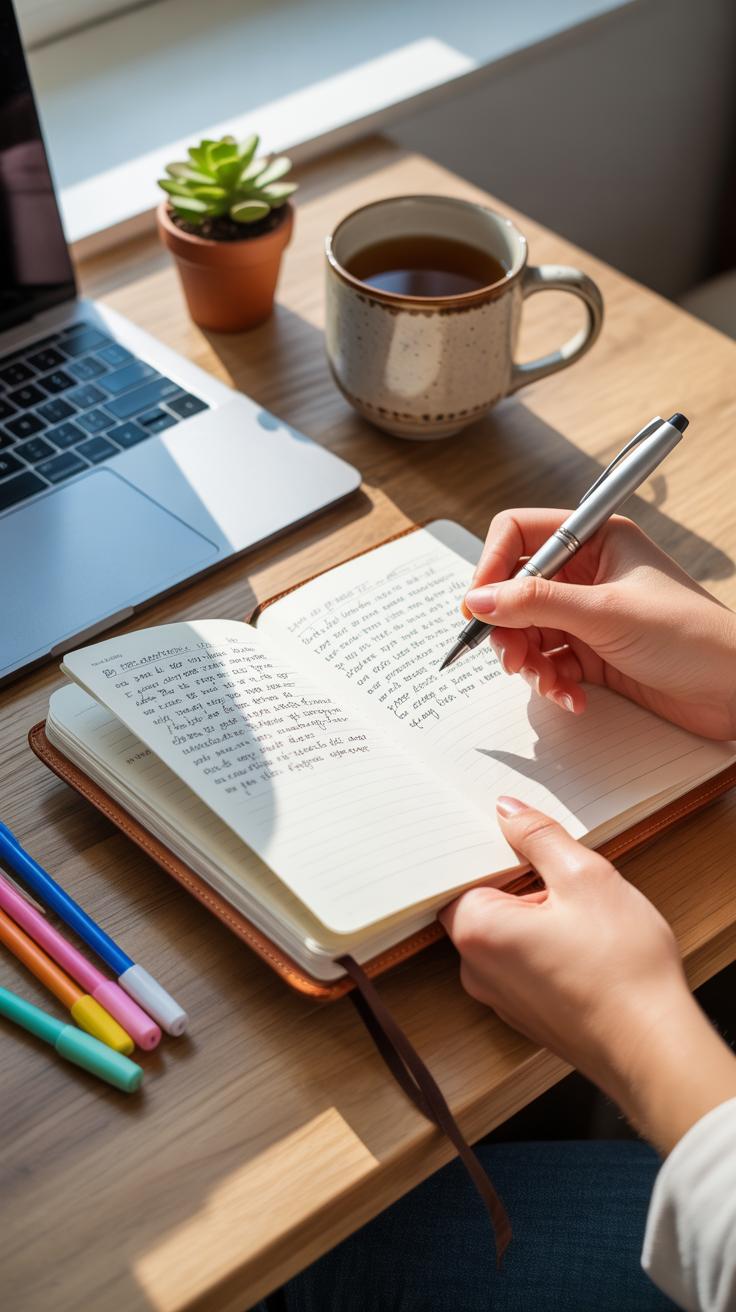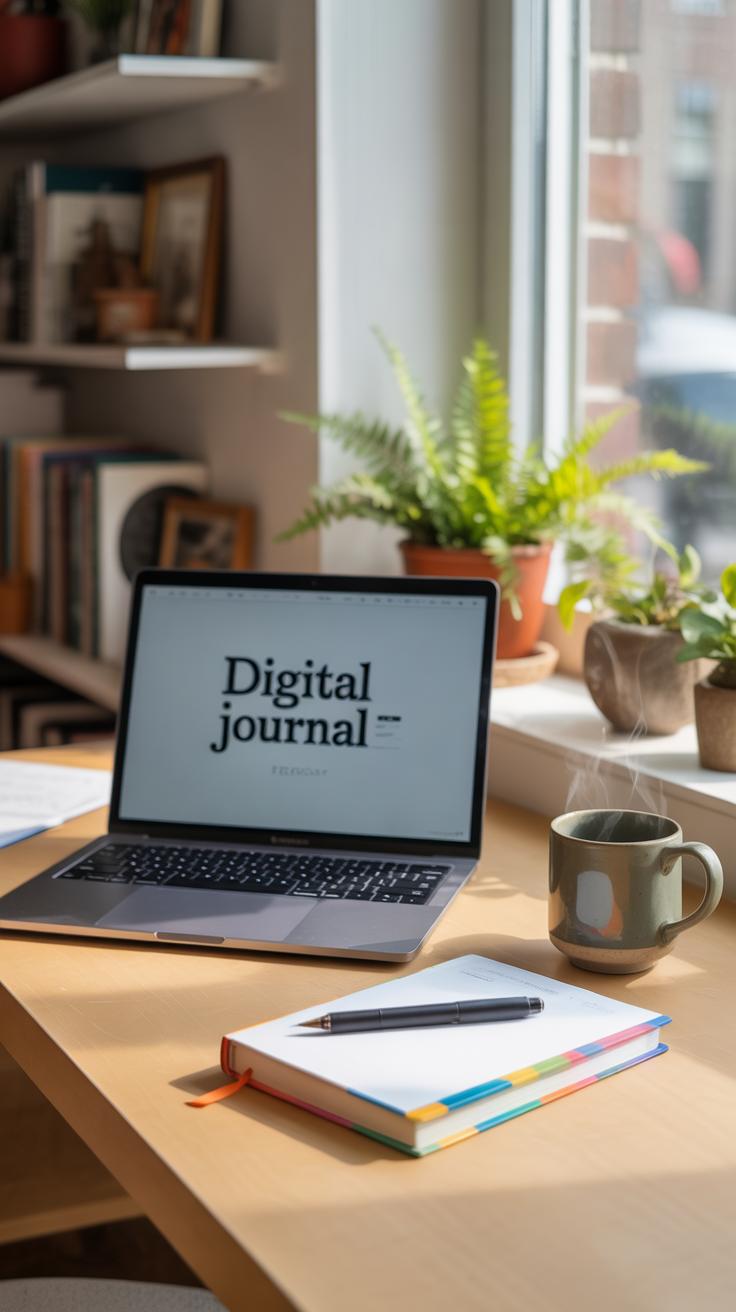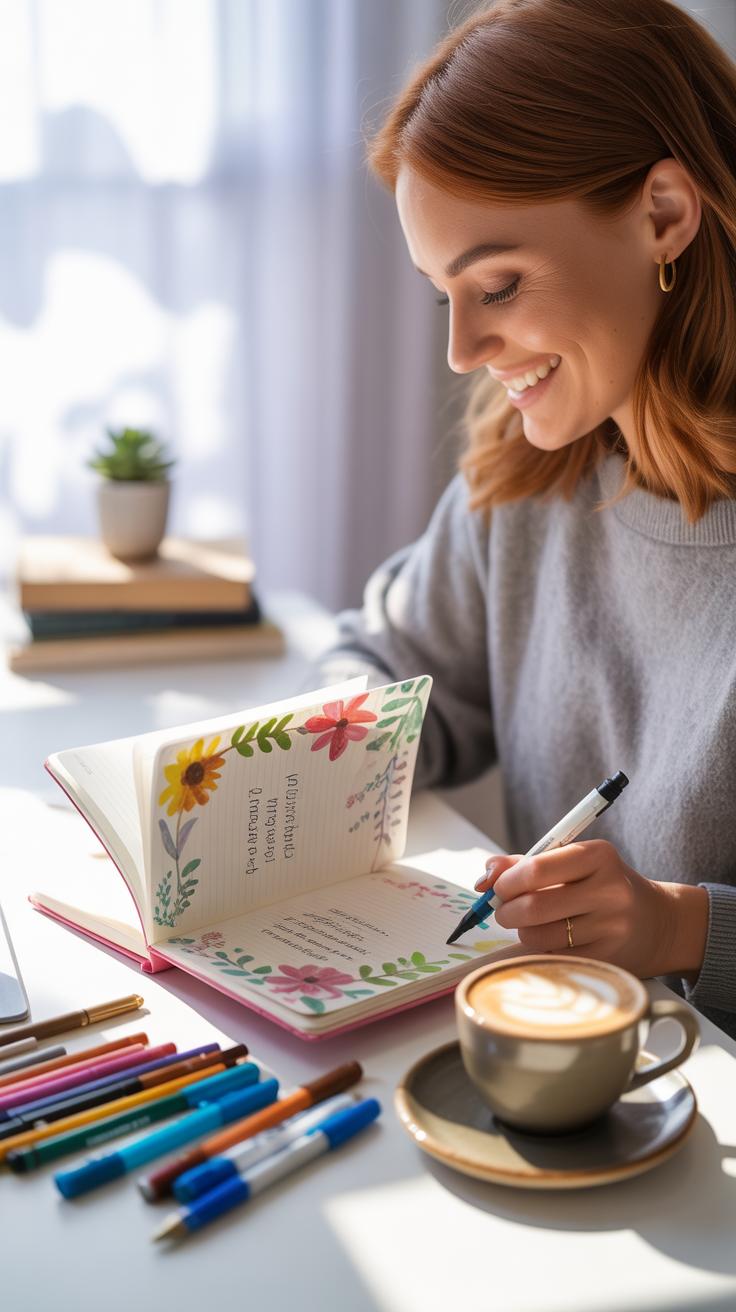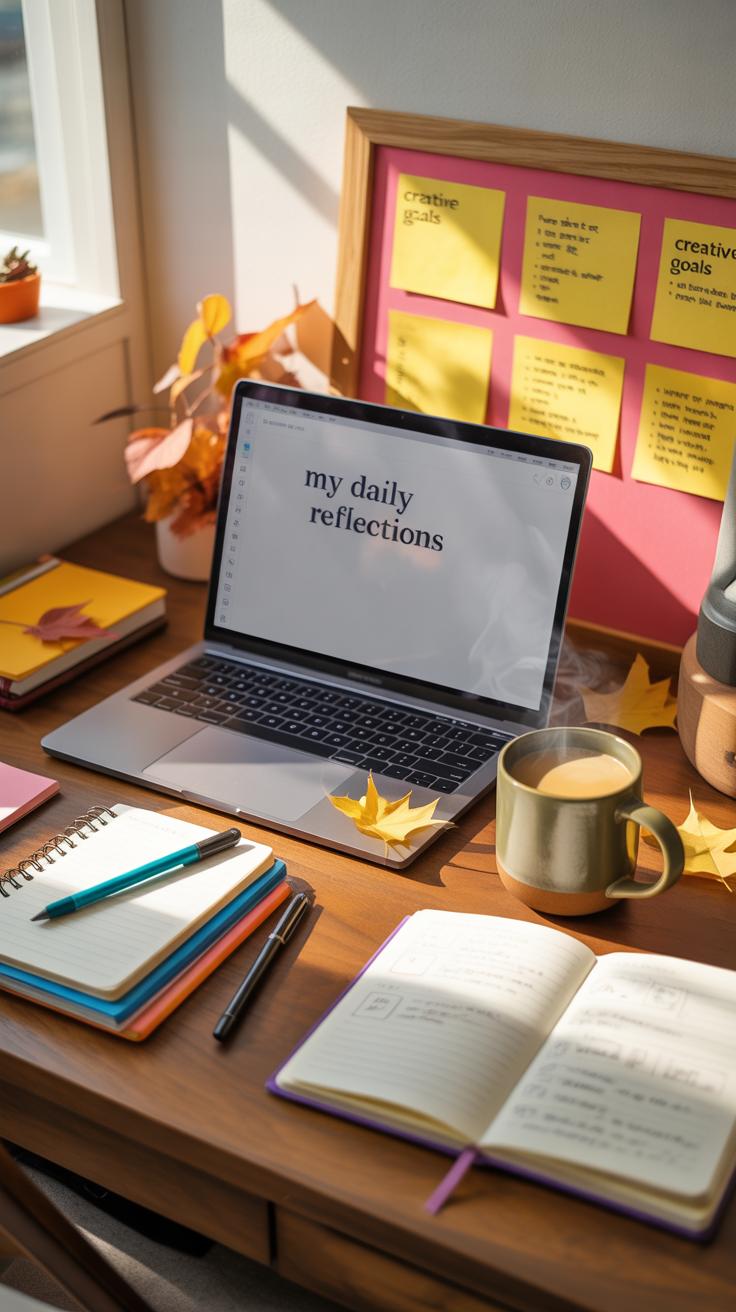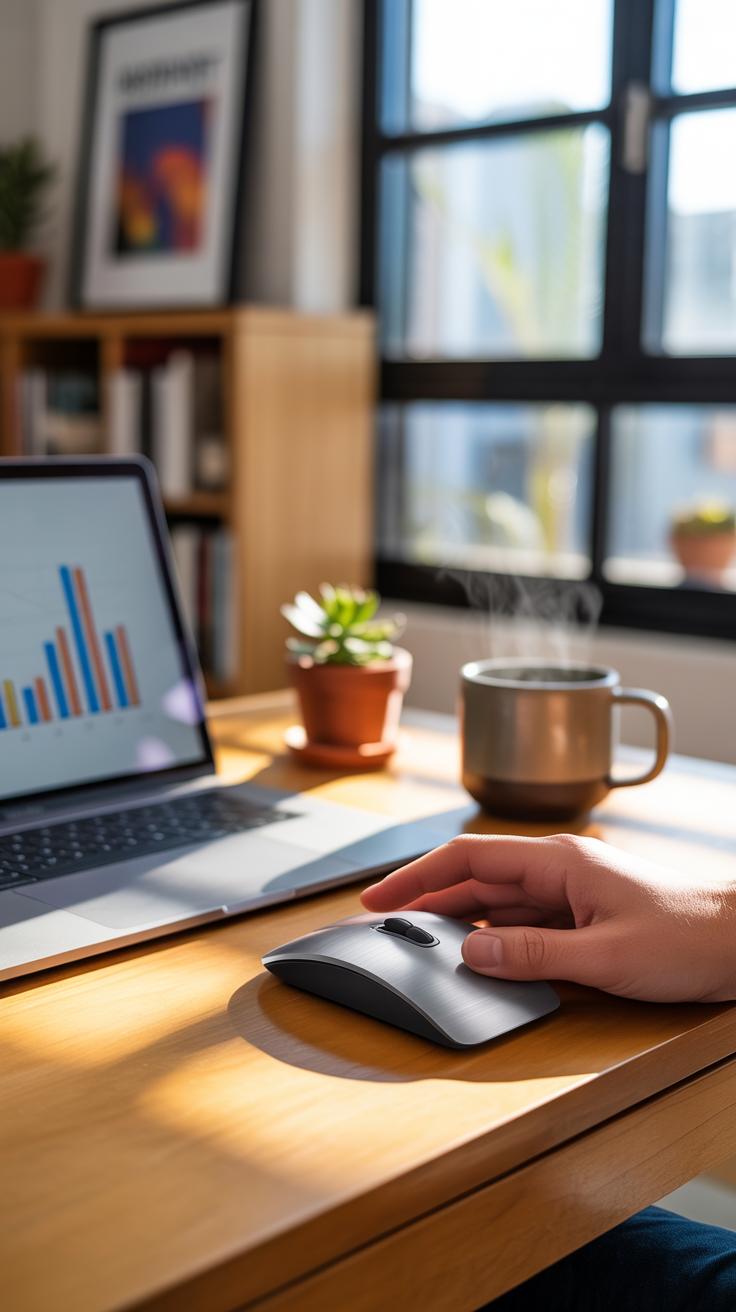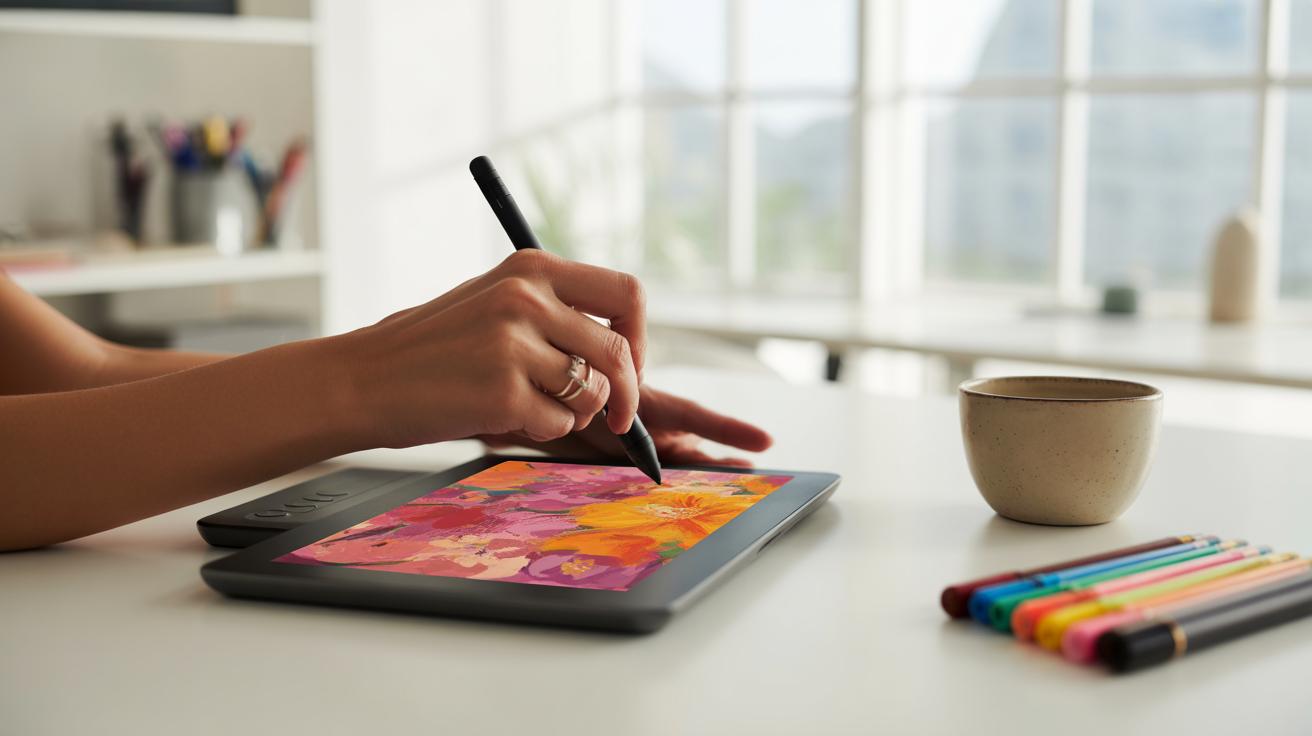
Journal Designs That Inspire Your Creative Expression Each Day
Introduction
Journals are useful tools for capturing your thoughts, ideas, and daily experiences. Choosing the right journal design can make this creative process enjoyable and inspiring. Whether you want to organize your day or express yourself artistically, the design of your journal plays an important role.
This article explores different journal designs that can inspire your creative expression each day. From bullet journals to artistic layouts, you will discover ways to make your journaling practice both fun and practical. Let’s explore how journal designs can enhance your creativity and help you stay organized.
Choosing a Journal Style
Picking the right journal style matters more than you might realize. It’s not just about aesthetics; it’s about matching the way you think and create. Some people need structure, while others crave freedom. The type of pages you choose nudges your journaling habits in certain directions.
There are a few usual suspects you’ll find: lined, dotted, grid, and blank pages. Each has its own vibe and use.
- Lined pages keep your writing neat and straightforward, perfect for daily logs or long-form thoughts.
- Dotted pages offer subtle guidance without dominating, great for mixing writing with sketches or diagrams.
- Grid pages help with precise layouts, charts, or bullet journaling.
- Blank pages invite complete freedom—no boundaries, just blank space for whatever your mind wants to put down.
Think about what you want your journal to do: Are you mostly jotting lists? Or drawing? Maybe you want a little of both? Your journal style should serve your habits, not the other way around.
Lined vs Dotted Pages
Lined pages are classic. They keep your sentences tidy and your ideas lined up. Writing feels straightforward here—you can pour out thoughts without distractions. But if you try to draw or organize complex layouts, those lines can feel restricting.
Dotted pages, on the other hand, are versatile. The dots give you faint guidance for writing straight but don’t enforce it. This subtle structure lets you sketch, plot graphs, and create trackers easily. Imagine planning a week’s tasks with bullet points yet leaving room to doodle in the margins.
If you mostly write—journaling, letters, poetry—lined pages might be best. If you like mixing writing and visual notes, dotted pages open doors to more creativity without the chaos of blank pages.
Blank Pages for Creativity
Blank pages are a breath of fresh air. They don’t tell you what to do or where to put things. This can be liberating—great if you want to sketch, make diagrams, or create free-form art journal entries. No lines or dots to box you in.
People who lean toward artistic journaling or mind mapping often prefer blank pages. But if you’re someone who craves some structure, blank pages might feel intimidating or messy. It’s kind of like staring at a wide-open field—both promising and a little overwhelming.
So, your journal style really hinges on your mindset and goals. Why stick to something that cramps your flow? Yet sometimes, a little guidance is exactly what you need to stay on track. What feels right to you? It’s okay to experiment—sometimes the quirks teach you more than the perfect match ever could.
Bullet Journaling Basics
The bullet journaling system is a way to organize your tasks, events, and notes all in one place. It’s practical but leaves room for creativity—so you’re not stuck with rigid layouts. The design encourages simple symbols and short entries, making it quick to jot things down. Yet, you can also expand pages into personalized spreads when needed.
At its core, the system helps clear mental clutter by breaking your plans into digestible chunks. It’s not just about productivity; it can spark fresh ideas as you sketch or decorate between entries.
Key Components
Your bullet journal often starts with the index. It’s like a table of contents, helping you find pages fast. Then comes the future log, where you map out events or goals months ahead. Next is the monthly log, showing a quick view of the current month’s tasks and appointments. Finally, the daily log handles day-to-day things—tasks, notes, little reminders.
These parts keep you on track. But their structure is flexible. You might skip a component or tweak it to fit your lifestyle. The goal is to maintain order without feeling boxed in.
Customizing Your Bullet Journal
Personalizing your journal makes it truly yours. Adding doodles or splashes of color breaks the monotony and inspires more frequent use. Stickers can highlight important entries or just add a bit of fun. I’ve found even small sketches in margins can make the process feel lighter—almost like chatting with your own notebook.
Still, it’s okay to keep some pages minimal. Too much decoration can distract from usability. The trick is balancing creativity with clear, purposeful layouts. Think of it like designing your journal to invite you back, day after day, without overwhelming you.
Creative Layout Ideas
When it comes to designing your journal, mixing text and visuals can really bring your pages to life. But don’t get caught up in making everything look perfect or complicated. Simple layouts often work best, helping you see your progress or feelings without extra clutter.
Mood Trackers
A mood tracker doesn’t have to be fancy. You might draw a circle divided into days of the month, then fill each slice with a color matching your mood—blue for calm, orange for energy, or grey for low days. Or try symbols instead, like little suns, clouds, or raindrops. Using both colors and symbols can give you a clearer emotional map.
Tracking moods visually can really deepen your awareness. After a while, you might notice patterns—days when stress peaks or moments when you feel unexpectedly happy. It’s not about labeling emotions right or wrong but just noticing them unfold on paper.
Goal and Habit Layouts
For goals, start with a simple list—write your big goals at the top, then break them down into smaller steps below. Add checkboxes or tiny progress bars next to each task. As you check off items, those bars fill up and give an instant visual nudge to keep you going.
Habit trackers work well with grids or calendars. Lay out days across the top, habits down the side, and mark off each day you complete a habit. Keeping it straightforward—no fancy drawings needed—makes it easier to stick with over time. Seeing a nearly filled-in chart, even if imperfect, can be surprisingly motivating.
Have you ever tried a visual progress bar? Sometimes ticking boxes feels too task-focused, but shading in a bar slowly shows your journey without pressure. Whatever you choose, keep it clear and simple. The goal is to keep your journal a helpful tool, not a chore or source of stress.
Using Colors and Art
Color and art can turn an ordinary journal page into something that feels alive. They invite you in, making the process of journaling less of a chore and more of a creative escape. Choosing the right colors isn’t just about what looks pretty—it can actually influence how you feel while writing or reflecting.
When picking a color scheme, think about your mood or the tone of your entries. You might want soft blues or greens to calm you on a stressful day, or bold oranges and reds if you want a burst of energy. Don’t worry about matching colors perfectly. Sometimes, a clash here and there sparks interesting feelings or thoughts.
Adding simple art elements—like doodles, stickers, or washi tape—can also make your pages more engaging. For example:
- Draw little icons or frames around your notes to highlight important points.
- Use washi tape strips to create borders or separate sections without overwhelming the page.
- Stickers aren’t just cute; they can express what words can’t or give you a visual mood boost.
Even if you don’t think of yourself as “artistic,” small attempts at decorating your pages tend to invite more attention and care toward your journaling. Sometimes it’s the imperfect, hand-drawn lines or smudges that make your journal feel uniquely yours.
Color Psychology
Colors impact more than just aesthetics; they can shape your mindset. Certain shades tend to evoke consistent feelings, though personal experiences always play a role. For calming or quiet moments, blues and greens usually soothe—think of soft teal or sage green tones that slow your breath.
If your goal is to energize your journaling time or brainstorm fresh ideas, try warm colors like yellows or light oranges. They can trigger creativity and warmth. But be cautious—too much bright red might stir agitation instead of motivation, depending on your mood.
You might find that some colors feel right on some days but not others. That’s okay. Your journal is a reflection of a shifting inner landscape, not a static template.
Simple Art Techniques
You don’t need fancy tools or training to brighten your journal with art. Here are a few easy techniques that anyone can try:
- Doodling: Let your pen wander. Simple shapes like stars, swirls, or flowers can fill empty spaces and add personality.
- Hand lettering: Experiment with writing your headings or quotes in different styles. Play with thickness, slant, or spacing.
- Stamping: Using rubber stamps or even household objects (forks, leaves) to make patterns adds texture and interest quickly.
These small artistic touches don’t have to be perfect or even complete. Sometimes, a half-finished swirl or an uneven letter is what makes your page memorable and, well, human.
Incorporating Photographs
Including photographs in your journal can change the whole feel of the pages. They make memories more vivid and add a personal layer you just can’t get with words alone. You might want to print small snapshots—maybe ones that capture a fleeting moment or a favorite smile—and glue or tape them carefully. I’ve found that tape runners or photo corners work better than glue, which can wrinkle the paper. Sometimes, adding a splash of color around photos with markers or washi tape draws the eye without overwhelming the image.
Don’t just stick a photo down and leave it at that. Write brief captions, thoughts, or even a line of dialogue nearby. This gives context and keeps the memory alive in a fuller way. It’s also fun to doodle little frames, flowers, or shapes that play off the photo’s theme. You might hesitate to decorate around a photo, fearing it’ll distract, but honestly, a few small touches can do the opposite — they pull everything together.
Creative Photo Placement
How you arrange photos can change the story you tell. One page might hold a collage—various prints layered, some overlapping, creating an informal look. Or you might prefer a clean style, with each photo neatly framed by hand-drawn borders or washi tape stripes. I once tried a zigzag layout for a travel journal, and it gave the page a rhythm I hadn’t expected.
Integrating photos with your writing invites a playful balance. You can place a photo amid journal entries, letting text swirl around, like weaving words and images into one. Or break up the writing into sections, each introduced by a photo—this approach makes it almost like a visual chapter. Would you try mixing different sizes or sticking to one format? Sometimes, breaking rules helps the journal to feel more truly yours.
Memory Journals
Memory journals go beyond photos alone. They blend physical mementos—like ticket stubs, pressed flowers, or receipts—with photos and written impressions. It’s about capturing not just what you saw but what you felt. I remember taping a concert ticket next to a photo of the stage, then jotting down the song that got stuck in my head. That kind of layering makes stories richer; the souvenirs aren’t just clutter, but clues to deeper memories.
When using small items, keep in mind your journal’s thickness and durability. Maybe use pockets or envelopes inside the pages to hold delicate items without damage. Also, reflect beside your keepsakes—don’t leave the objects alone on the page. What made that moment special? Asking yourself this can turn a memory journal from a scrapbook into something more thoughtful, almost like a conversation with your past self.
Using Journals for Mindfulness
Designing your journal to support mindfulness can gently guide you toward deeper self-awareness. For example, gratitude pages often benefit from a simple, consistent layout—maybe a daily spot to jot down three things you’re thankful for. Keeping these notes brief and focused helps you recognize small moments of joy or relief. You can play with spacing: some leave big margins for doodles or added thoughts, while others prefer neat columns. Finding what feels natural is key.
Meditation logs could include brief sections to note the duration, focus, or sensations experienced during practice. Even just a few lines can provide insight over time, encouraging you to see patterns or subtle shifts in mood.
Gratitude Pages
Formatting these pages involves something straightforward—like a list or bullet points—that invites daily participation without pressure. Try dividing the page into three parts: morning gratitude, midday reflection, and evening appreciation. This rhythm nudges you to pause through your day and catch moments you might otherwise overlook. You might wonder if writing the same points feels repetitive; sometimes it does, but that repetition can turn into a comforting ritual.
Another idea is adding small boxes or checkmarks next to each gratitude note to track recurring themes. Seeing the same gratitude pop up often might reveal what truly matters to you.
Reflection Prompts
Incorporating simple but open-ended questions can spark mindfulness. Think along the lines of:
- What made me smile today, even for a moment?
- What emotion felt strongest right now?
- How did I react to a challenge today, and why?
- What’s one thing I can let go of today?
Prompts like these may feel basic, maybe even a bit obvious. Yet, they often uncover unnoticed thoughts when you write honestly. You could sketch or write free-form answers, allowing room for whatever comes up rather than forcing neat conclusions. Sometimes the value lies in the attempt itself, not the answer.
Digital vs Paper Journals
Choosing between digital and paper journals can be tricky, since both bring different things to the table. I think one of the biggest differences lies in ease of use. Digital journals let you type fast, toss in photos, links, even voice notes. You can search through entries in seconds when you need to find something. Yet sometimes, that screen feels distracting; notifications pop up, and it’s easy to drift away.
Paper journals, on the other hand, offer a slower, more deliberate pace. Writing by hand can trigger creativity in surprising ways—maybe it’s the feel of the pen on paper or just less temptation to multitask. But flipping back and forth to find stuff might take longer. Also, bulky notebooks aren’t exactly pocket-friendly if you want to carry everything with you.
Advantages of Digital Journals
Here’s what digital journals do well:
- Cloud storage keeps your notes safe and accessible from any device.
- You can add multimedia—images, audio clips, even video entries.
- Quick search features help you track down past thoughts or ideas without hassle.
- Many apps offer customizable templates or prompts, which is handy if you prefer some structure.
- Editing is easy—you can rearrange, delete, or expand without making a mess.
Still, you sometimes miss the personal, tactile connection. It’s a trade-off you might find yourself reconsidering over time.
Why Choose Paper Journals
The tactile experience plays a big role here. Holding a pen, feeling paper texture, watching ink flow—these little things often boost focus. No pop-ups. No app crashes. Just you and your thoughts, uninterrupted.
Many people say paper encourages deeper creativity. Scribbles, sketches, and random doodles fit naturally alongside written entries. Plus, the physical act of writing slows you down, letting ideas develop more fully. It’s easier to daydream or let your mind wander without that blinking cursor.
Of course, paper journals can be less flexible if you want to reorganize or back up your notes. Carrying them around can be cumbersome. But sometimes, this simplicity is exactly what you need to reconnect with your creative side.
Maintaining a Journaling Habit
Keeping up with journaling every day isn’t always easy. Life gets busy, and motivation can dip. But you don’t have to make it complicated. Sometimes setting simple reminders—on your phone or sticky notes around your space—can nudge you back when you forget. Creating a little corner that makes you want to write helps too. Maybe a cozy spot by the window or a well-lit desk where your journal feels inviting.
Start small, really small. Writing just a sentence or two can be enough. It takes the pressure away, and often once you start, you write more without even realizing it. You don’t need to fill pages to feel like you’re making progress.
Setting Realistic Goals
Goals don’t have to be massive or daily entries of long paragraphs. Try aiming for three journaling sessions a week, or five lines each time. If that sounds doable, you’re less likely to feel overwhelmed. It’s perfectly okay if some days are just brief notes or doodles. Celebrate these moments, however small. They all add up, proving you’re moving forward.
Sometimes, our goals shift. Maybe you wanted to journal daily but prefer every other day. Adjust it. The important part is to keep it within what feels balanced, not what sounds ideal only in theory.
Finding Inspiration Daily
Inspiration doesn’t have to come from grand ideas. It can be something as simple as noticing how the sunlight falls in your room or jotting down a dream fragment. Collecting quotes from books or snatches of conversations can spark new thoughts. Sometimes photos, random words, or sketches can jump-start your writing.
Ask yourself what caught your attention that day, or how you felt in a moment. If you’re stuck, flipping through previous entries often reminds you of your own journey, which can be just as inspiring as anything new.
Personalizing Your Journal
Making your journal truly yours can change how you connect with it every day. Think about slipping in your favorite quotes or little mantras that catch your mood or inspire you when things feel stuck. It doesn’t have to be fancy—just a few words that mean something can nudge you forward, especially on days when you’re less sure about what to write. For example, I once added a quote from a poet I admire, and now it feels like a quiet companion, popping up whenever I flip back to that page.
You might also want to play around with different writing tools. Pens, markers, pencils—they each bring a distinct feel and rhythm to your journaling. Some days I find myself reaching for a thick marker to underline key thoughts, while other times a light pencil suits my mood better. It shifts not only the look but how the words flow, which is oddly satisfying.
Layouts, too, can evolve over time. Maybe you start with neat lines but later want to scatter entries across the page, or mix bullet points with doodles. Changing your journal’s style isn’t just about appearance; it’s about giving yourself space to explore what feels right at any moment. Are you more structured this week? Or is it a free-form kind of day? Let your journal reflect that—it doesn’t have to stay the same.
Adding Quotes and Mantras
Quotes have this way of packing meaning into few words, and when they’re yours, they can spark something unexpected whenever you see them. I find meaningful quotes sometimes shift my perspective or soothe anxiety just by reminding me of a core value or belief I hold, even if I momentarily forget it. Placing a mantra or a favorite saying at the top of a page can quietly set the tone for your journaling session.
Think about which quotes resonate with you—why do they stick? Are they hopeful, challenging, or calming? Keep adding or swapping them as your mood or goals change; your journal becomes a personal archive of your inner dialogue over time. It’s not just decoration—it’s motivation that comes from within.
Experimenting with Styles
Fonts, colors, and formats can all shift how you experience your journal. Sometimes a bold font can make an idea feel more urgent, while a delicate script might invite gentleness when you write about tough topics. You might surprise yourself by trying colored inks or highlighters in ways you hadn’t considered—maybe grouping thoughts by color or mood?
Trying out different formats also keeps the process fresh. What if you used lists one week and paragraphs the next? Or maybe turning your page sideways and using columns feels right for certain entries. You don’t have to stick to one style because there’s no perfect way to journal. Change things up, see what feels natural—and note what doesn’t. Your journal becomes a place to find your unique voice, one style at a time.
Journals as Creative Outlets
Your journal can be more than just a space for writing down thoughts. It’s also a place to explore creativity in all sorts of ways — drawing, collage, even experimenting with textures and colors. When you combine writing with art, your journal begins to feel like a personal playground, where ideas take shape beyond words alone.
For example, you might mix short poems with quick sketches, or tell a story across a spread that includes doodles and pasted clippings. I find adding layers like photos or snippets of fabric helps make the pages more tactile — almost like a quiet conversation with yourself. It doesn’t have to be neat or organized; sometimes chaotic is how creativity surfaces most honestly.
Try breaking your own expectations in your journal. What happens if you add doodles around a sentence, or write upside down for a few lines? Maybe you’ll find a combination of words and art that really captures your mood or ideas. The journal can be a place without rules — where you play, scribble, and experiment freely, searching for your unique creative voice.
Conclusions
Journal designs influence how you express your creativity and organize your thoughts. Picking or creating a design that fits your personal style encourages regular journaling and keeps you motivated. The right layout combines beauty and functionality, helping you capture ideas and reflect on your day easily.
Your journal is a space for you—a place to express feelings, track goals, and record memories. Embrace different designs to find what works best and inspires you to write every day. Your creative journal can be a tool to grow and enjoy the process of self-expression.
